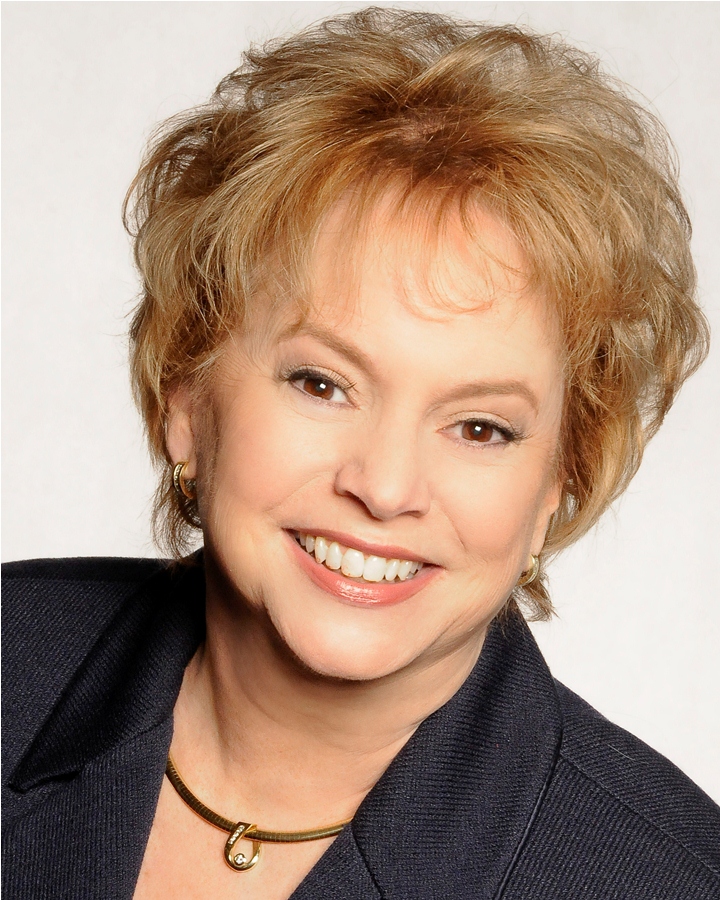
We think of self-esteem, confidence and mindset as an individual’s internal locus of power and control. These factors determine and guide a person’s beliefs, behaviors and decisions—the combination explaining a person’s success.
When we discuss this concentration of perceptions in an organization, we use words like “brand” and “culture,” but we address the same issues. Whether speaking of one person’s view of the world or the aggregation of many people’s views—especially those of senior leaders—we are really talking about mindsets—poverty or abundance mindsets.
Individuals who possess high self-esteem know themselves. They have an internal center of power and control that validates them. Aware of both their strengths and weaknesses, they accept who they are while constantly trying to improve in key areas. They take prudent risks, bounce back from adversity and confidently approach the unknown. Although open to feedback from trusted advisors, they don’t look to others for validation or reassurance. They know what they do well, do it and trust that they have an abundance of talent and influence over their environments. Not seeing themselves as victims, they feel confident that they will overcome whatever setbacks await them because their track records prove they always have. While they don’t embrace failure, they don’t fear it either, understanding that only those who occasionally fail have taken enough sensible risks.
Organizations too have a mindset, a collective one that determines how they do business and show up in the marketplace. In an organization, however, a synergistic component takes over, creating an environment that reflects the enterprise as a whole but the owners and principals disproportionately. When decision makers believe they have enough of the right talent, they confidently approach growth and change, convinced that they will learn as they go.
A poverty mindset, on the other hand, causes them to believe that they have neither the talent nor the influence to make things better. Their cupboard bare, they hold little hope of restocking it. Often this mentality has less to do with reality (the financial reports indicate profit) and more to do with fear (a “What if?” thinking that immobilizes). These companies have the financial resources to grow and improve but don’t want to spend money to make money.
Here’s what you’ll see in companies that exude a poverty mentality:
♦ Concentration on cutting expenses, not top-line growth
♦ Tolerance of mediocre performers because “we can’t afford a superstar”
♦ Lack of clarity about the future
♦ Layoffs, plant closings and outsourcing
♦ Little investment in change
♦ An inability to learn from and bounce back from failures
♦ A view of employees as necessary costs, not valued assets
♦ Taking low-margin work to avoid “leaving money on the table”
♦ Indecision, analysis paralysis and buck passing
What’s a business leader to do? First, realize a poverty mindset involves mentality, not reality. Look at objective markers of success, not just your own emotions. Then, surround yourself with trusted, talented people who work for you and advise you. Have faith in yourself and these people, and then challenge the ordinary.
 Dr. Linda Henman is one of those rare experts who can say she’s a coach, consultant, speaker, and author. For more than 30 years, she has worked with Fortune 500 Companies and small businesses that want to think strategically, grow dramatically, promote intelligently, and compete successfully today and tomorrow. Some of her clients include Emerson Electric, Boeing, Avon and Tyson Foods. She was one of eight experts who worked directly with John Tyson after his company’s acquisition of International Beef Products, one of the most successful acquisitions of the twentieth century.
Dr. Linda Henman is one of those rare experts who can say she’s a coach, consultant, speaker, and author. For more than 30 years, she has worked with Fortune 500 Companies and small businesses that want to think strategically, grow dramatically, promote intelligently, and compete successfully today and tomorrow. Some of her clients include Emerson Electric, Boeing, Avon and Tyson Foods. She was one of eight experts who worked directly with John Tyson after his company’s acquisition of International Beef Products, one of the most successful acquisitions of the twentieth century.
Linda holds a Ph.D. in organizational systems and two Master of Arts degrees in both interpersonal communication and organization development and a Bachelor of Science degree in communication. Whether coaching executives or members of the board, Linda offers clients coaching and consulting solutions that are pragmatic in their approach and sound in their foundation—all designed to create exceptional organizations.
She is the author of Landing in the Executive Chair: How to Excel in the Hot Seat , The Magnetic Boss: How to Become the Leader No One Wants to Leave, and contributing editor and author to Small Group Communication, among other works.
Dr. Henman can be reached at linda@henmanperformancegroup.com
Published by Conselium Executive Search, the global leader in compliance search.

